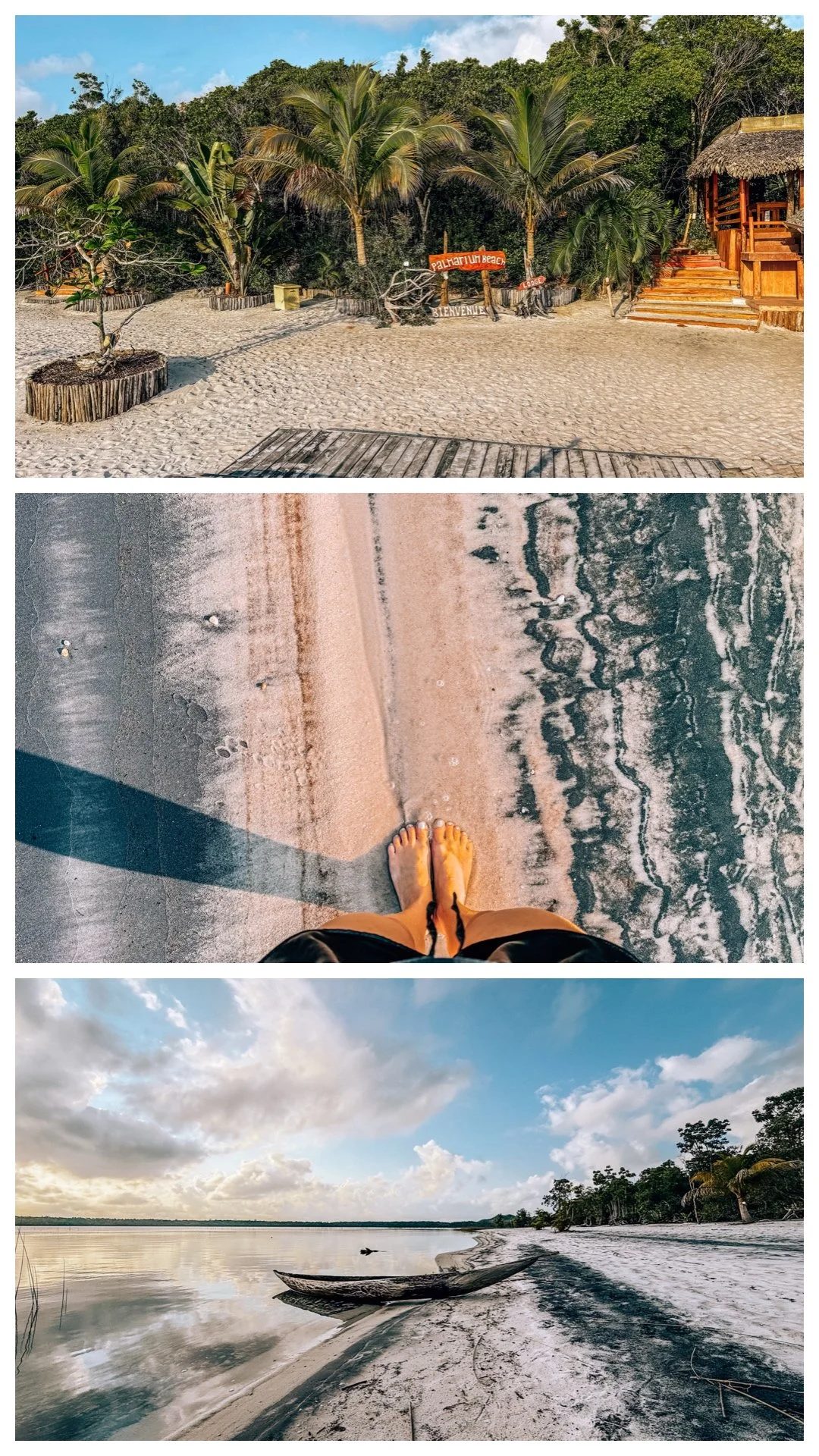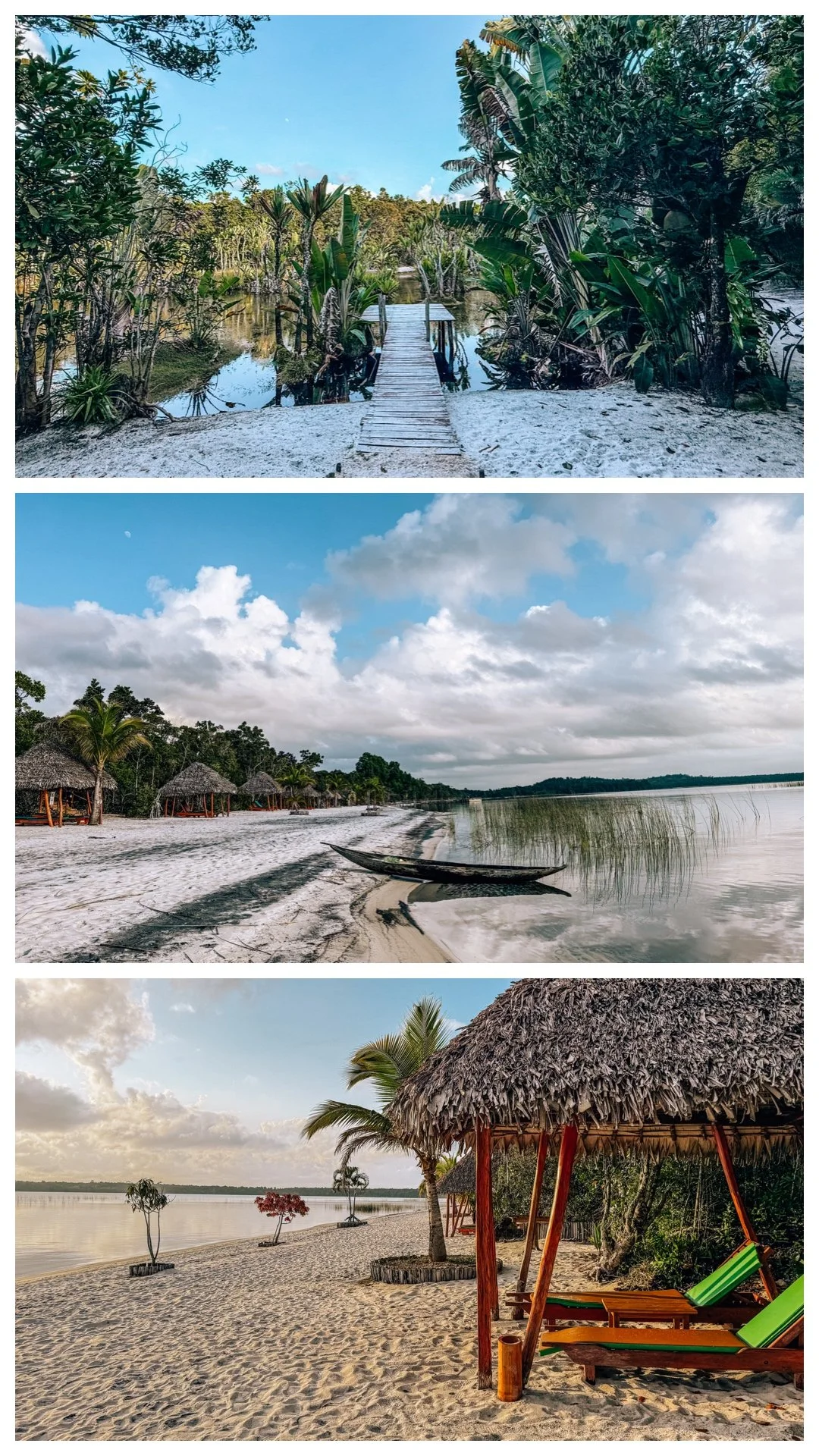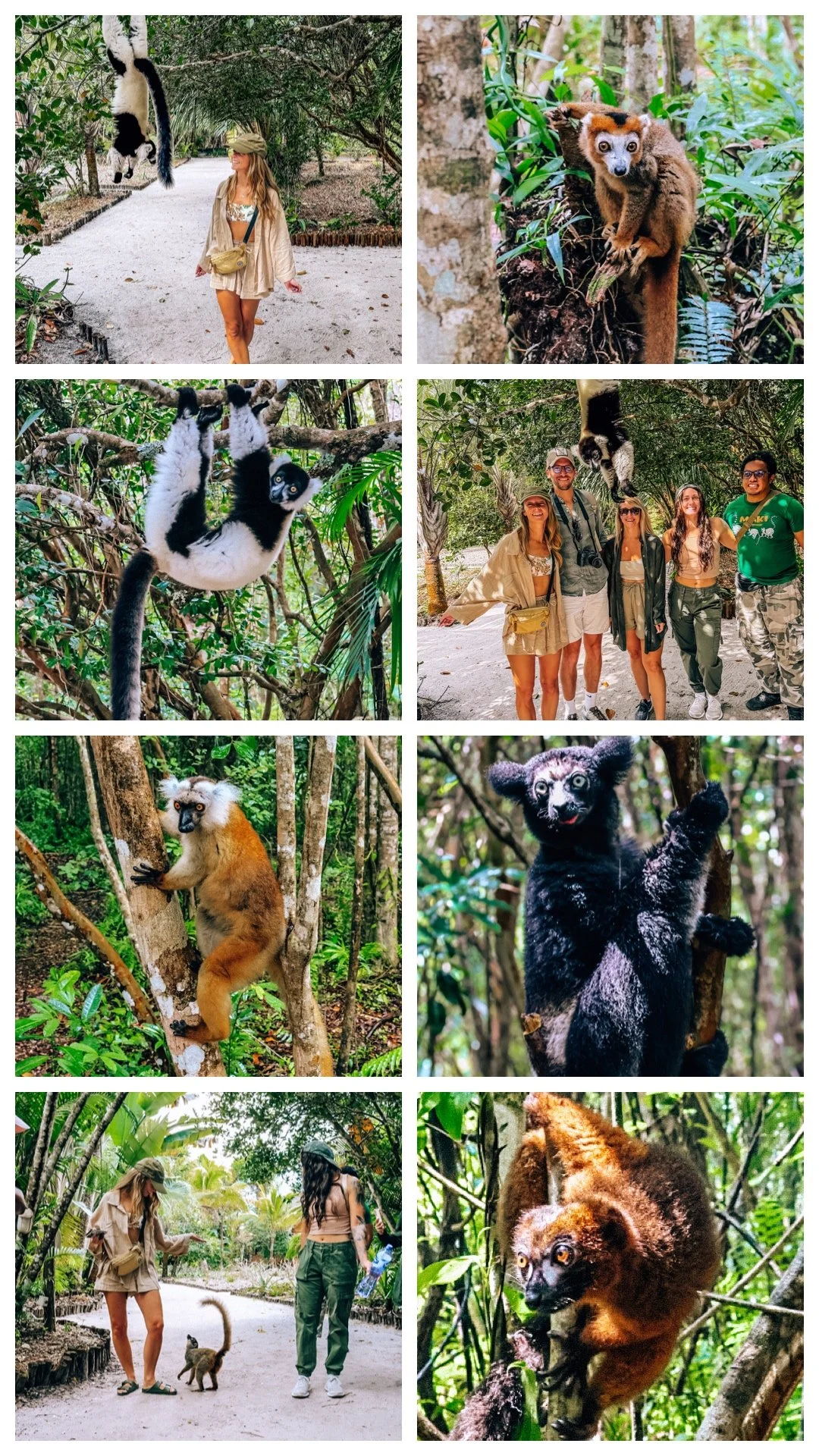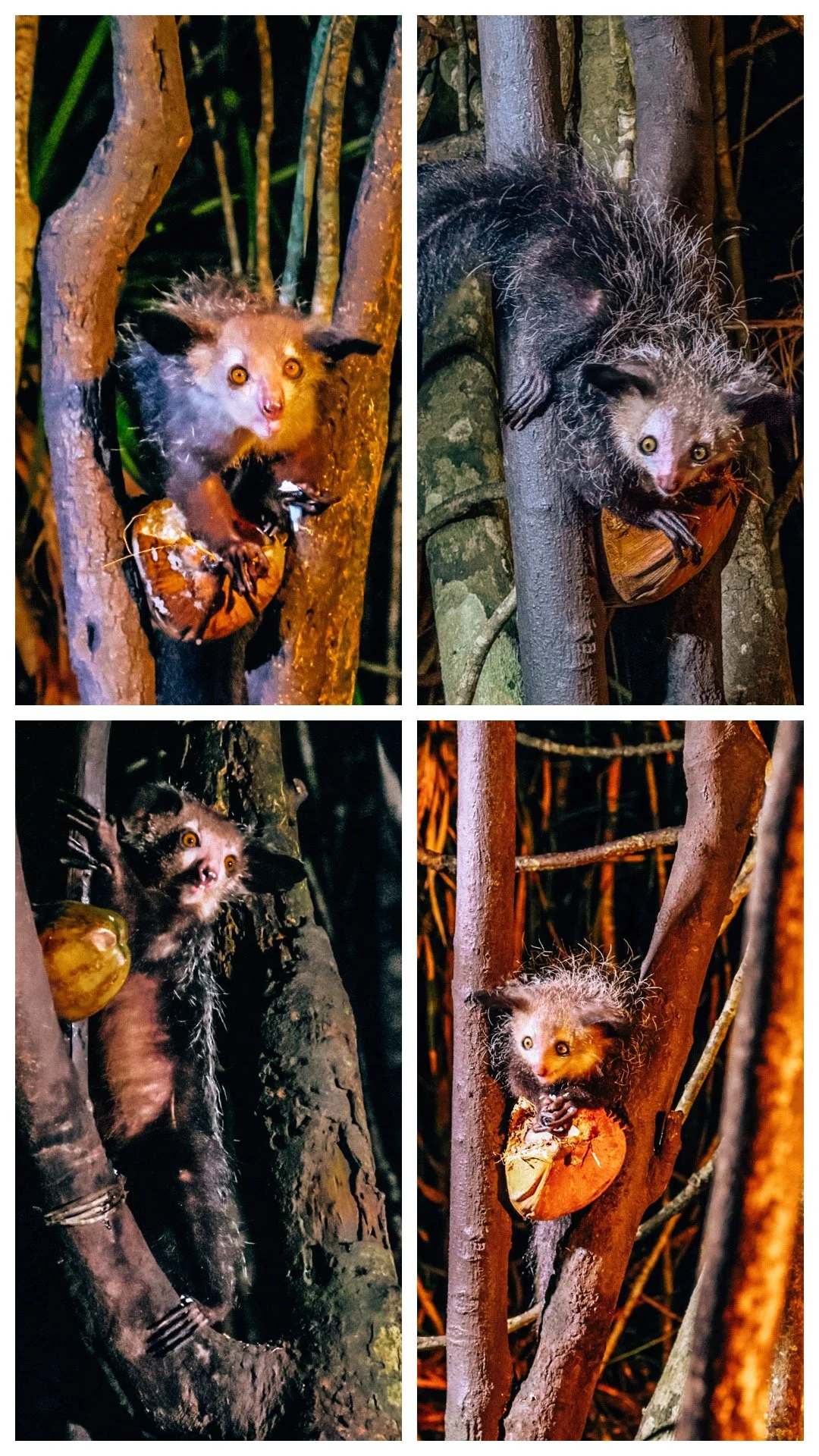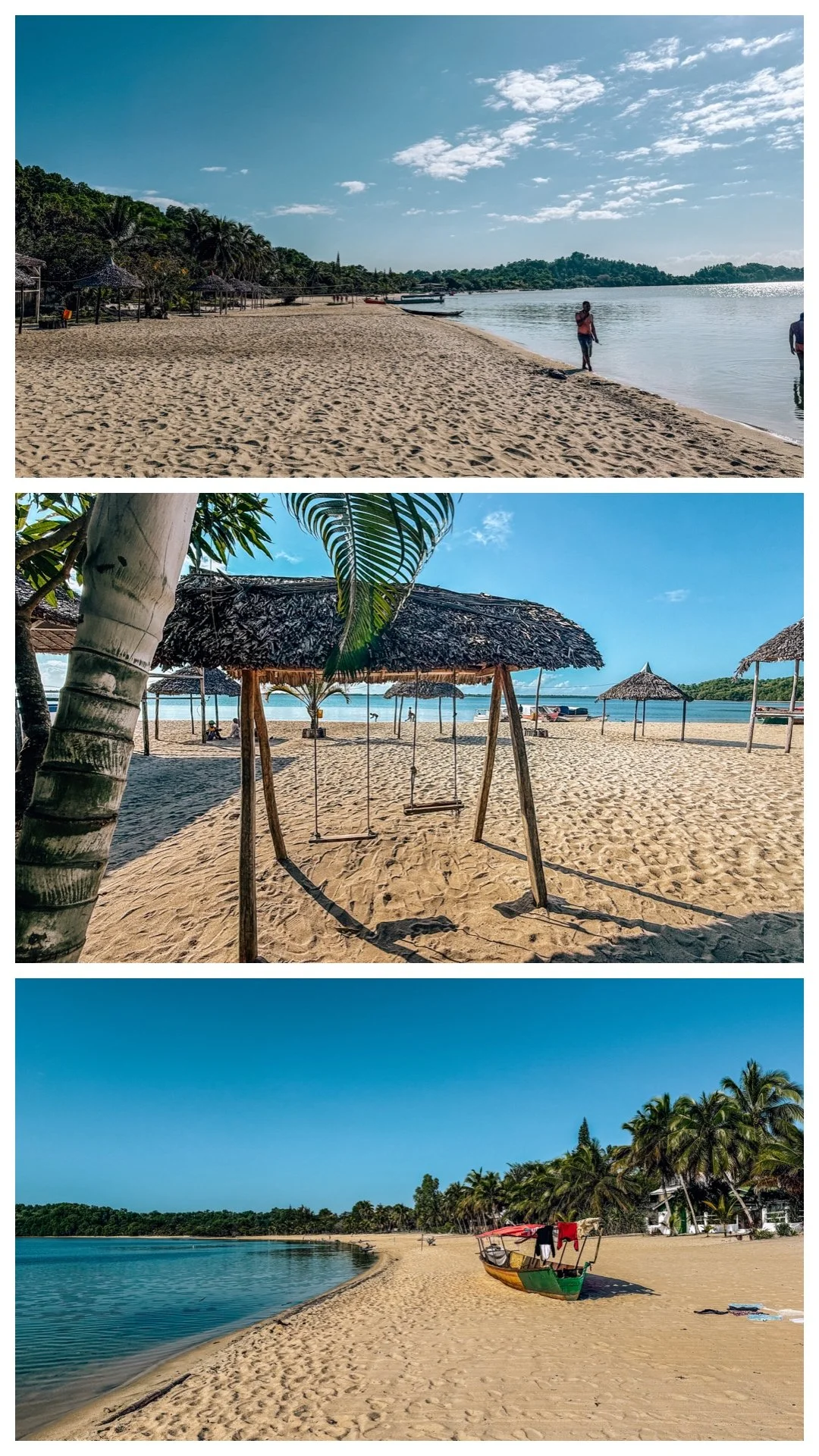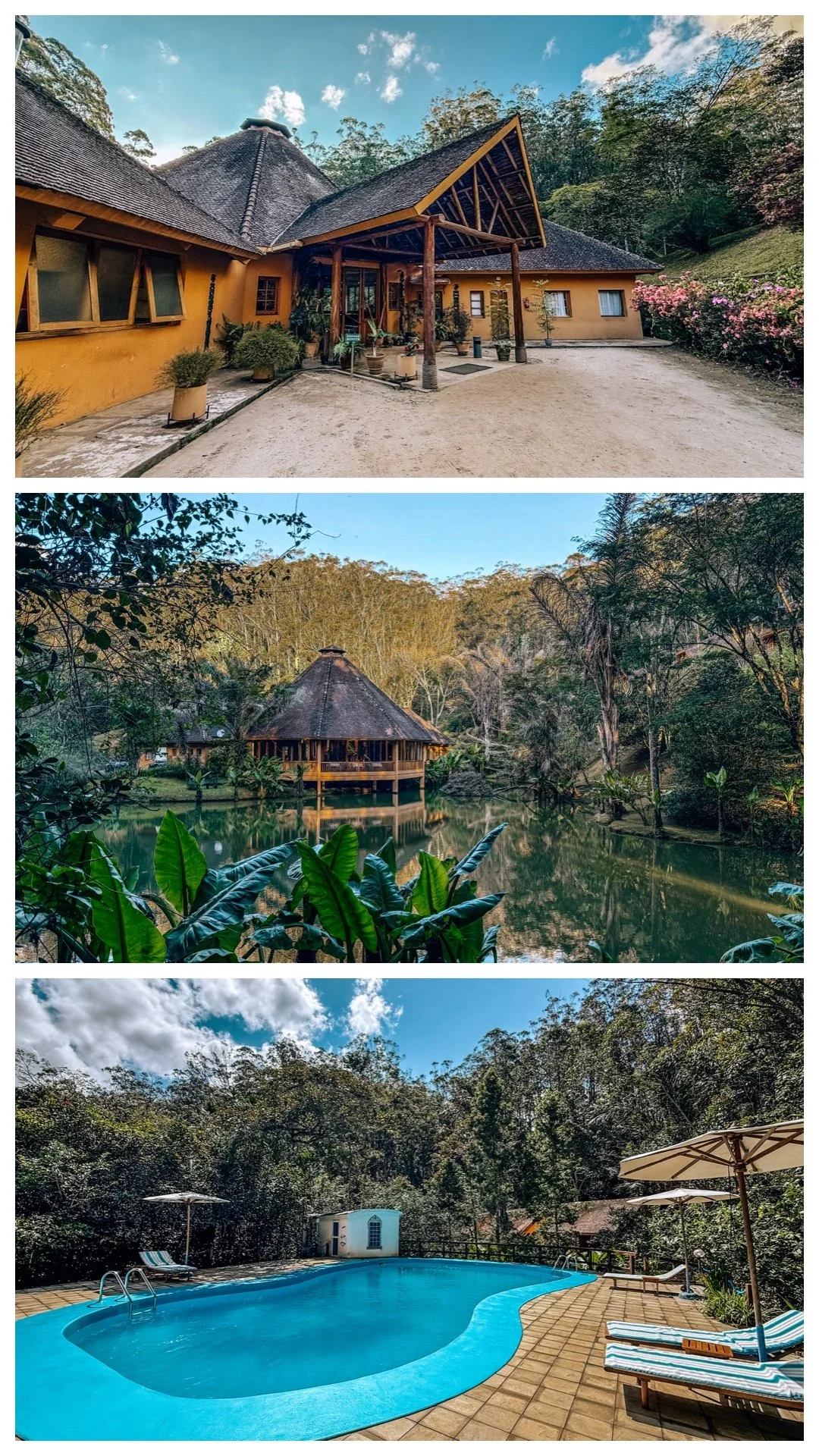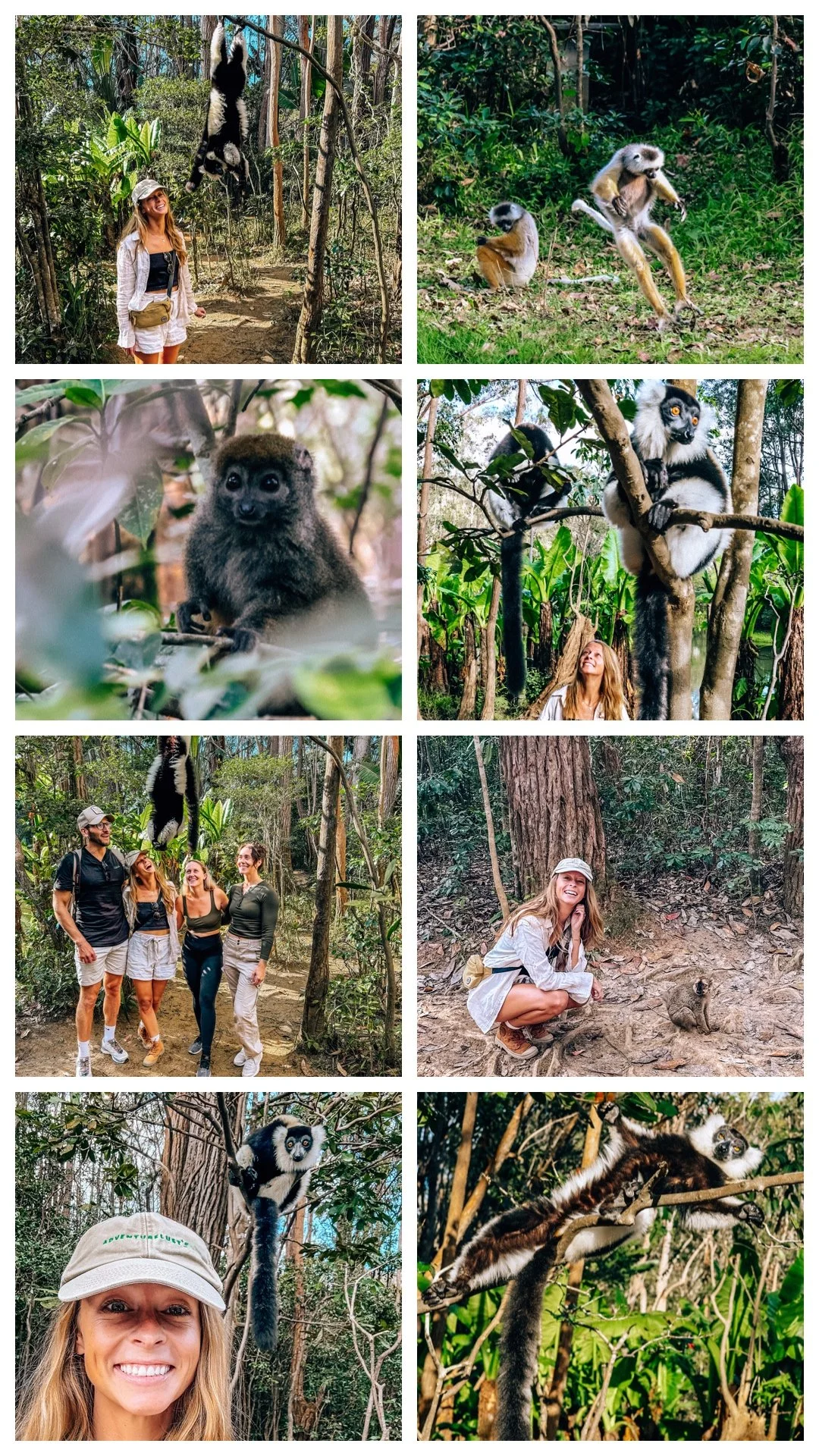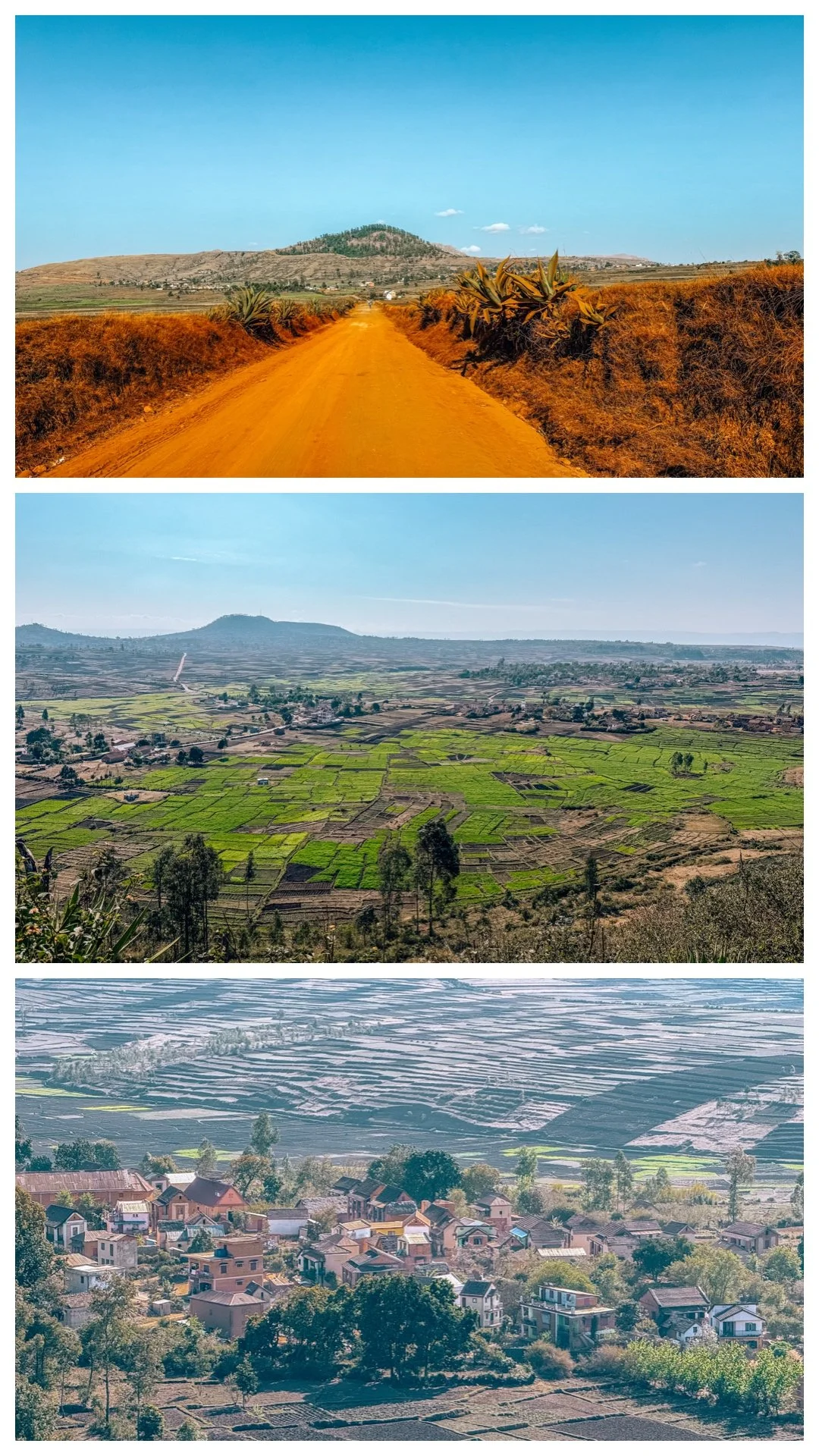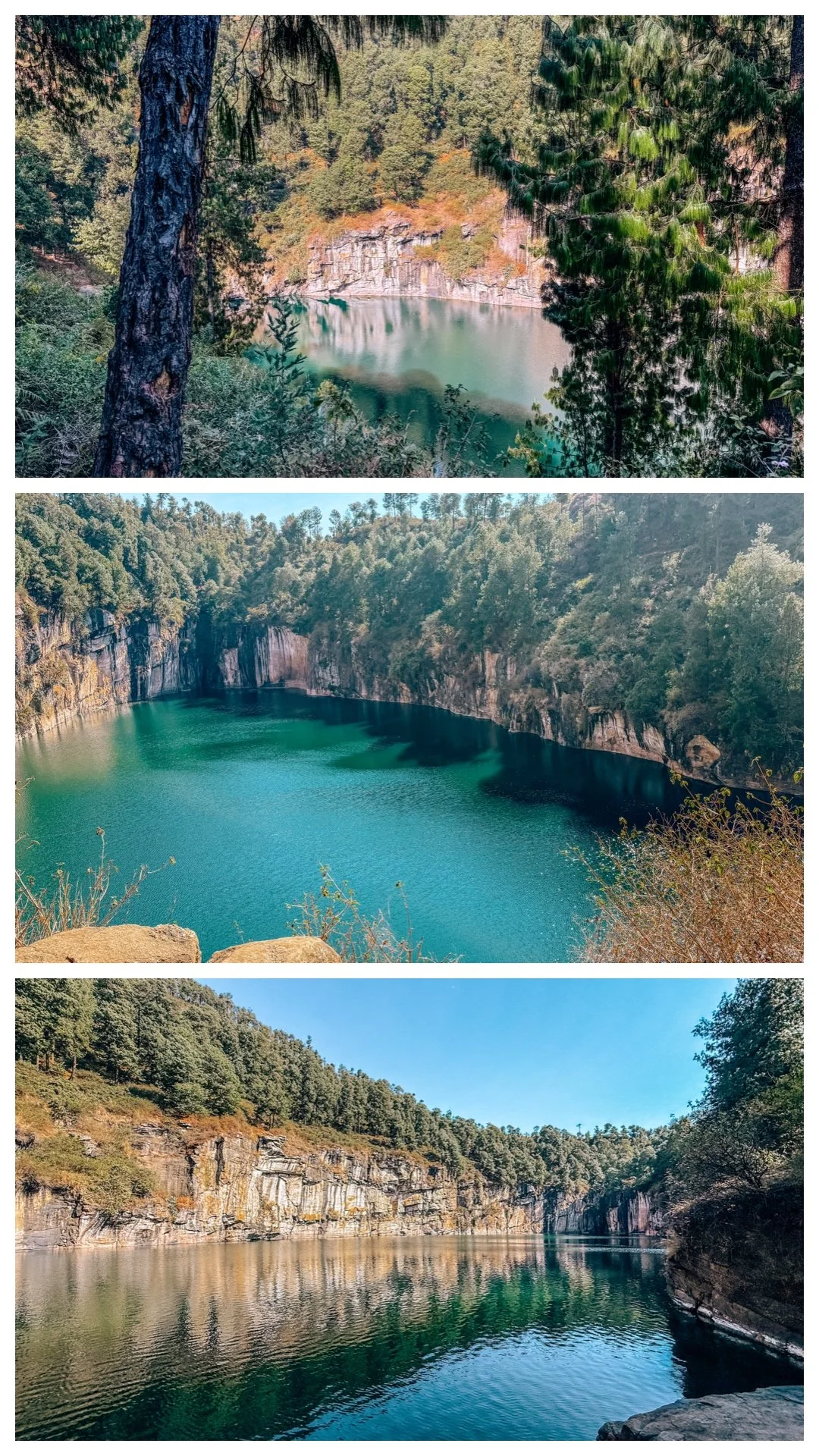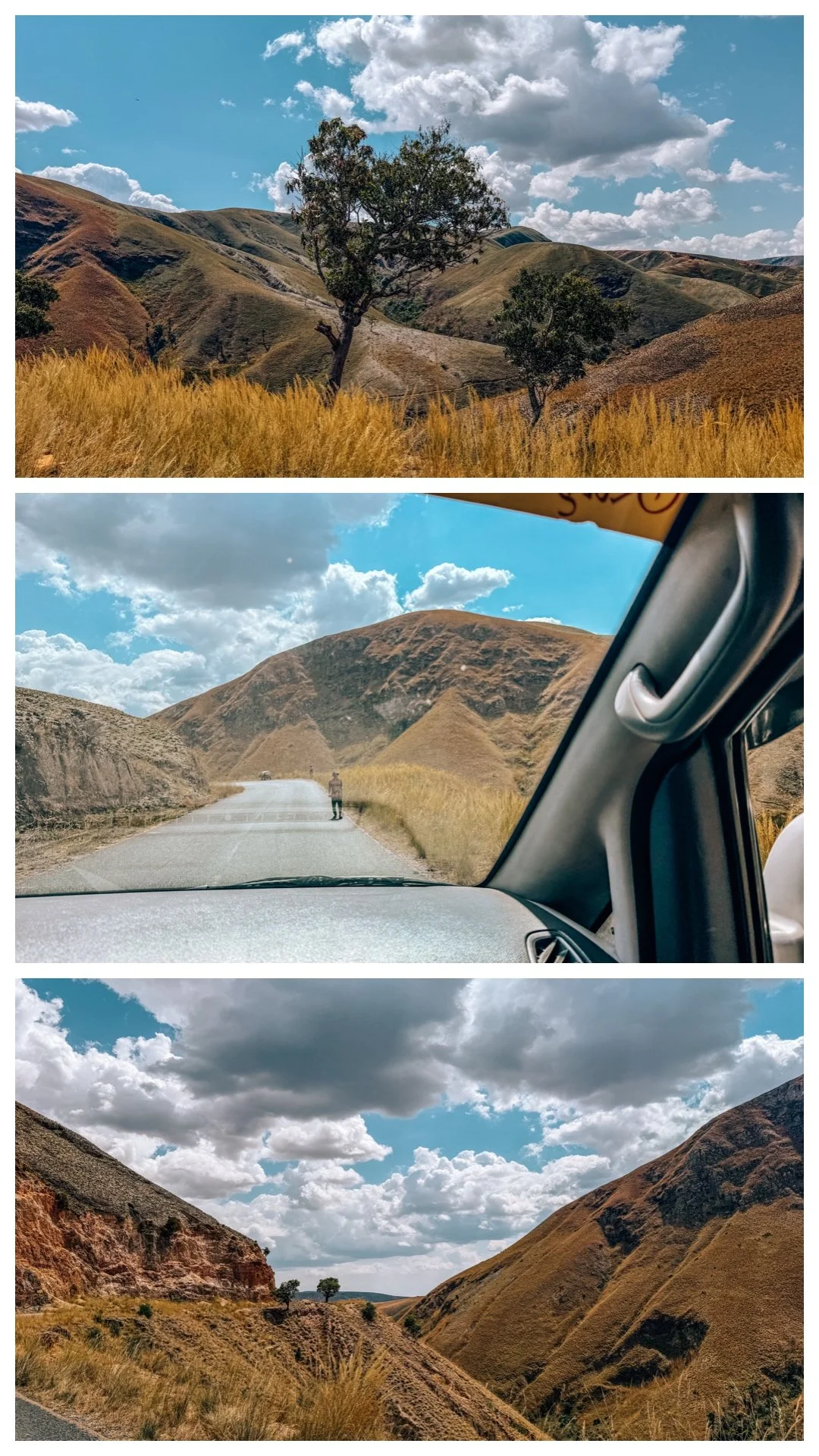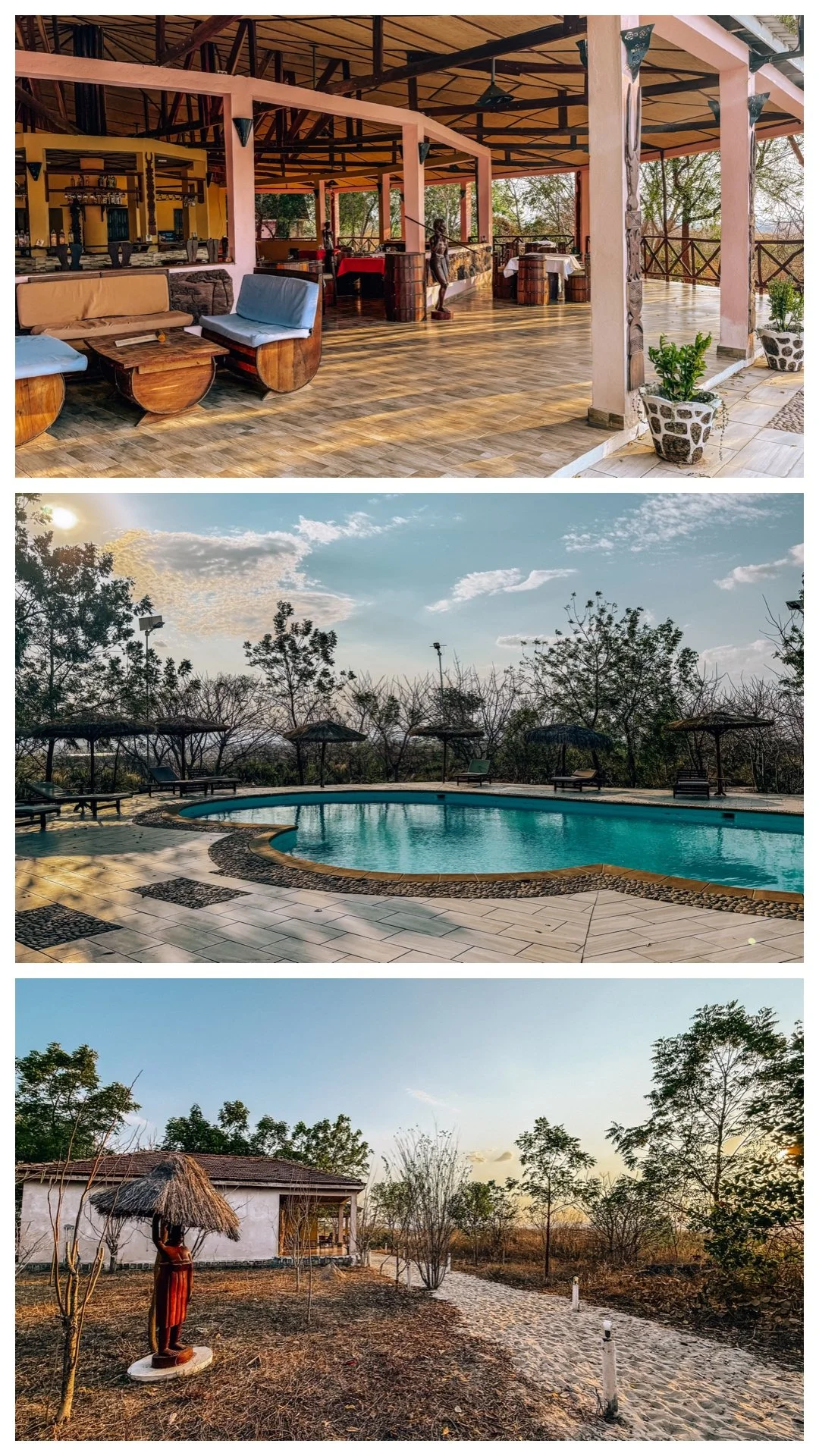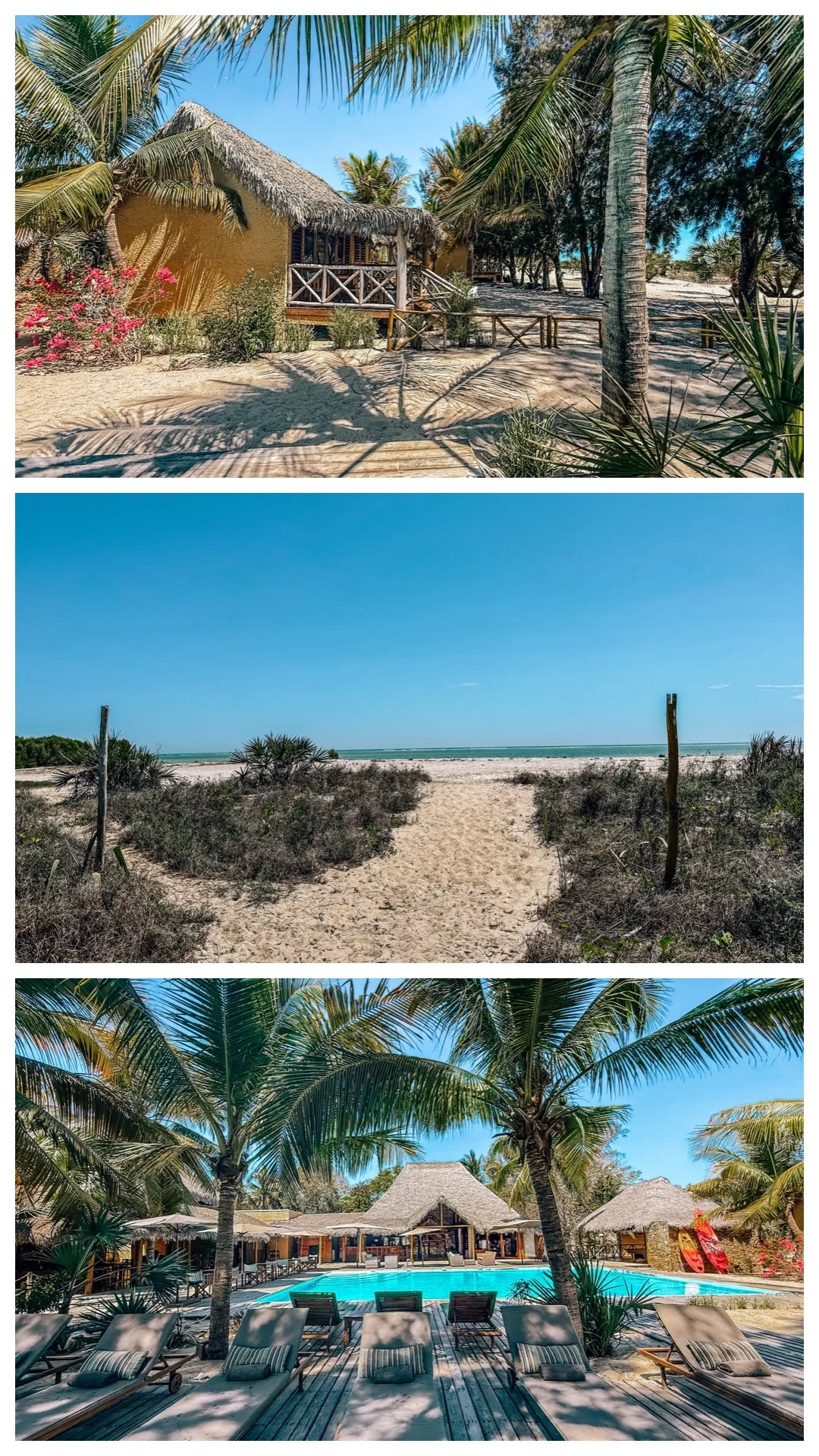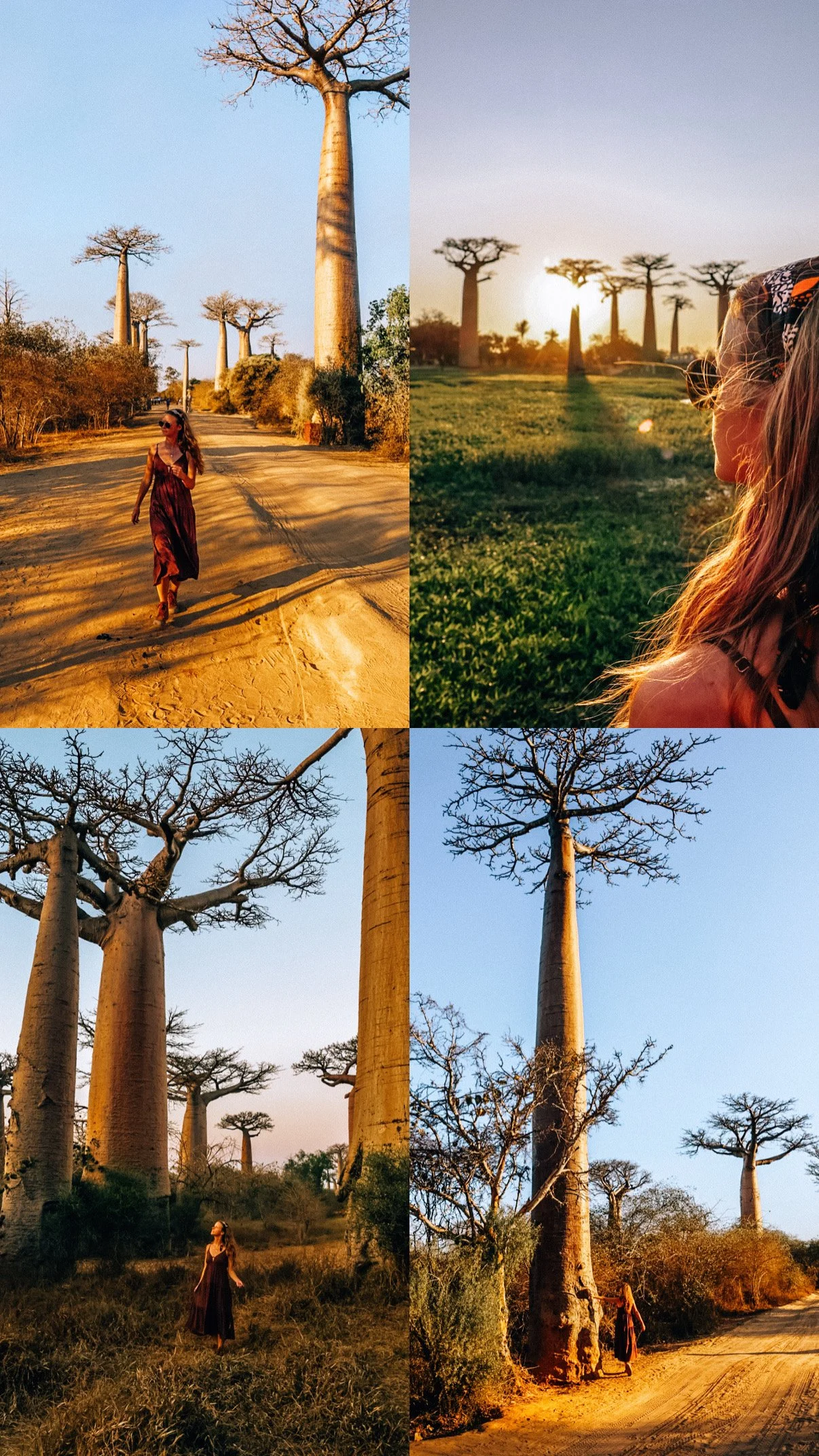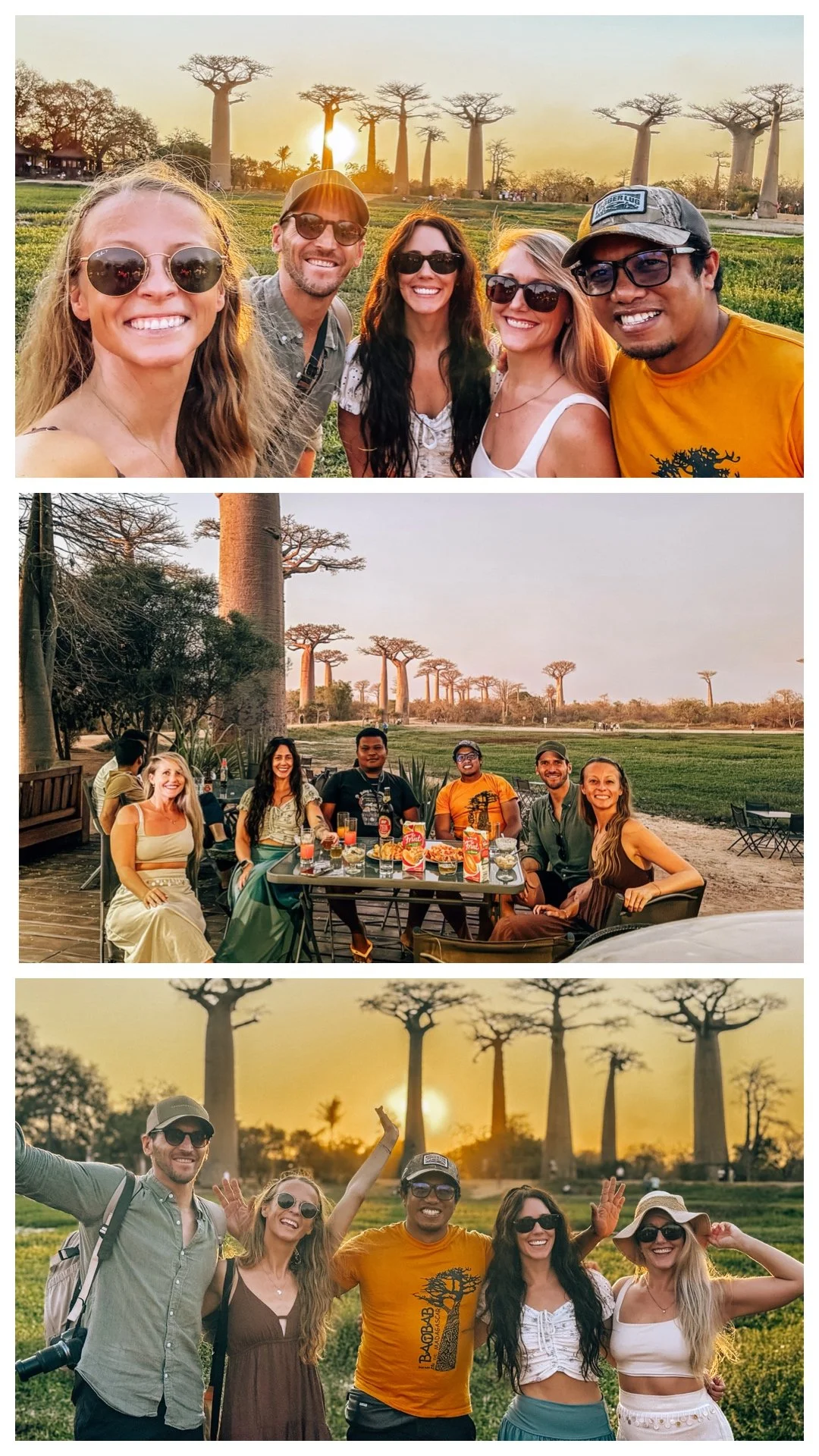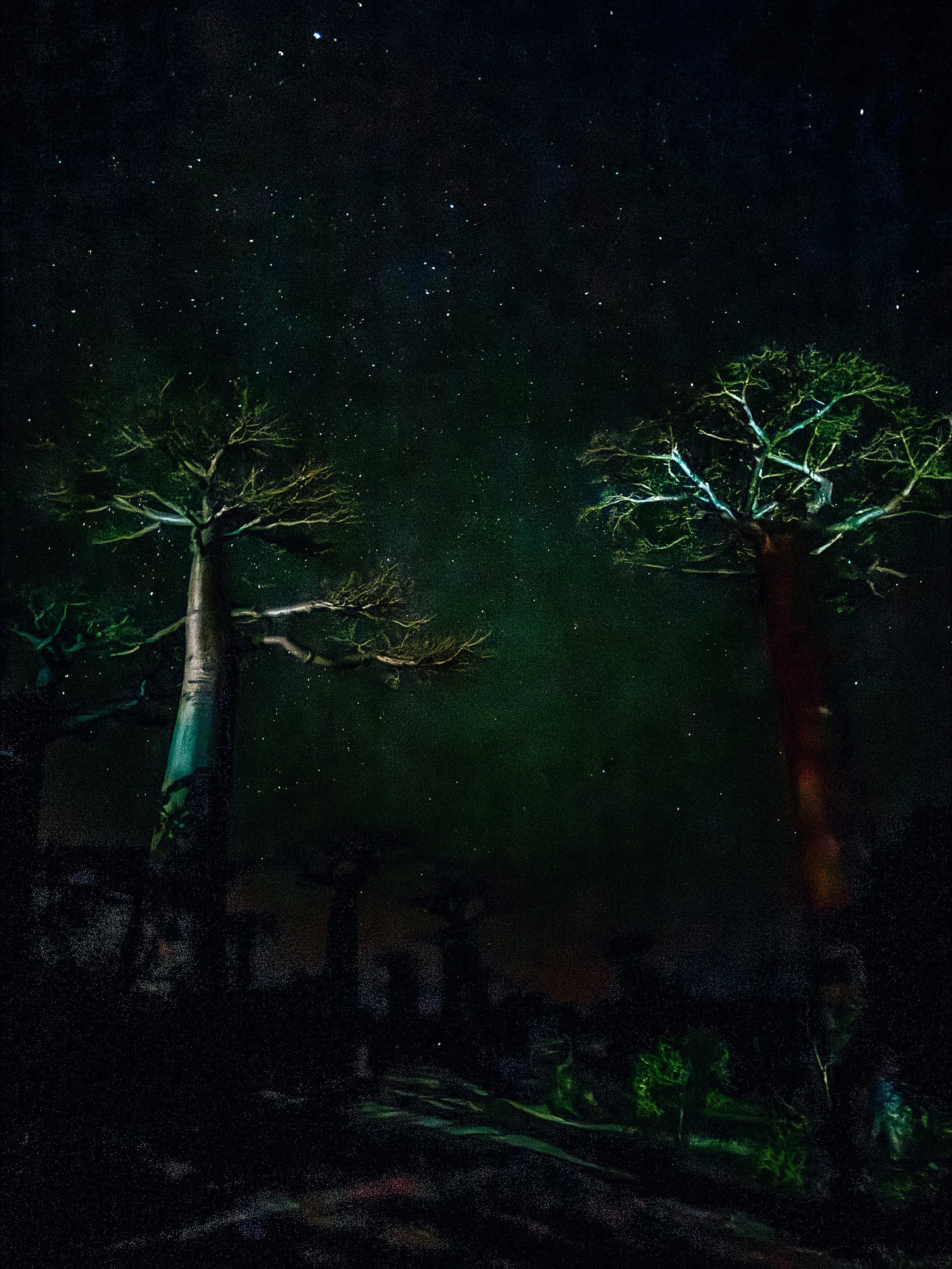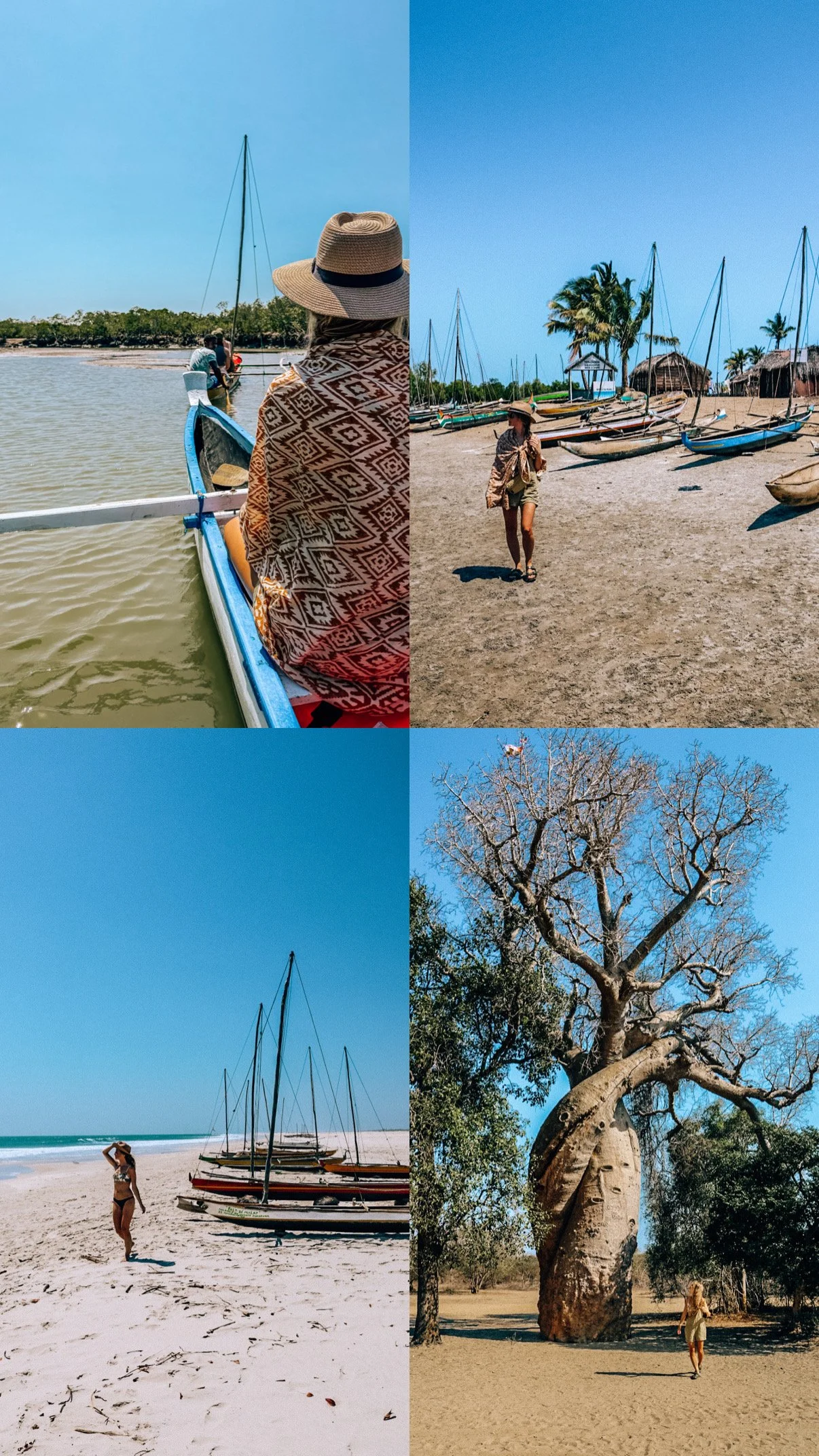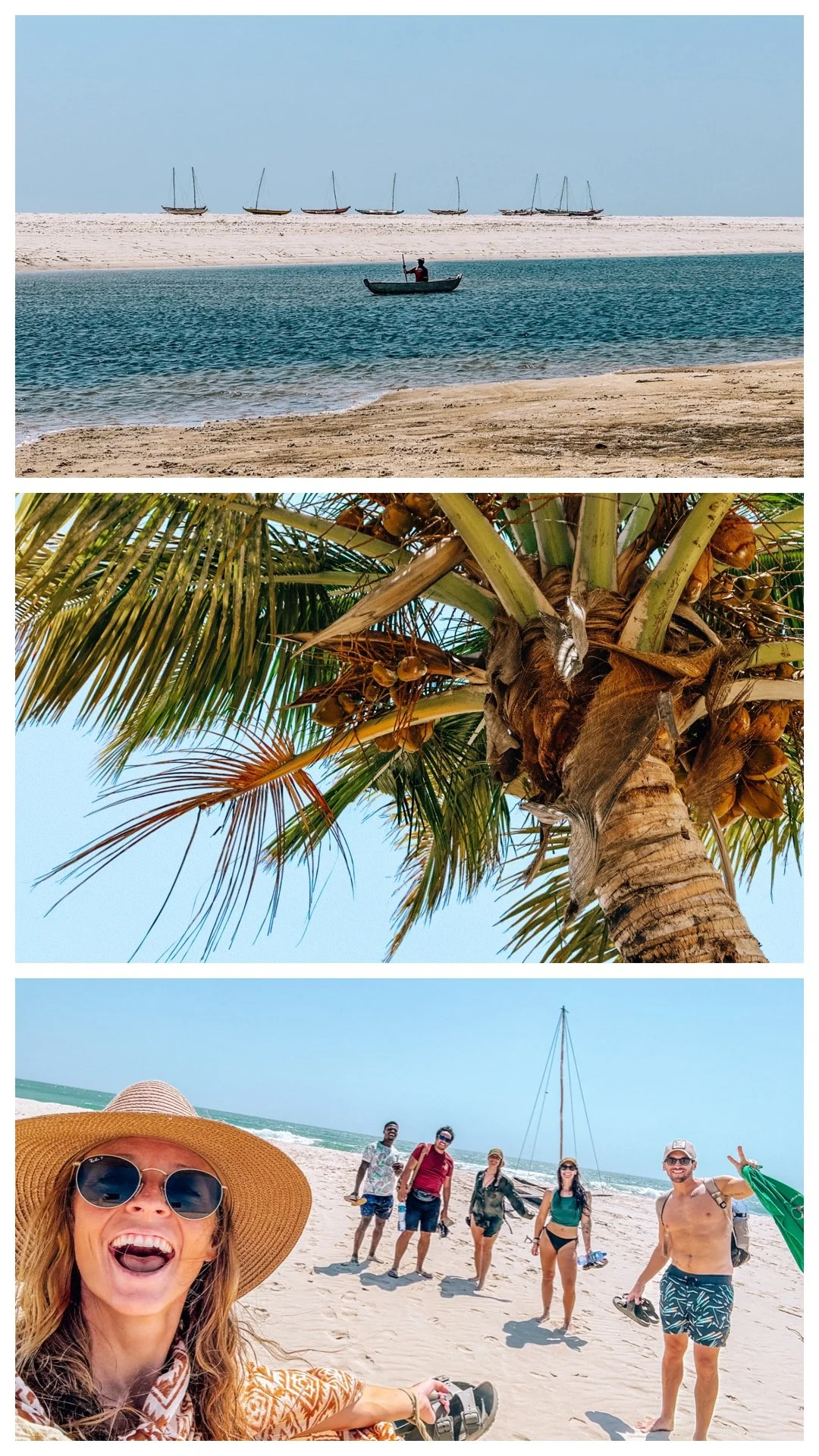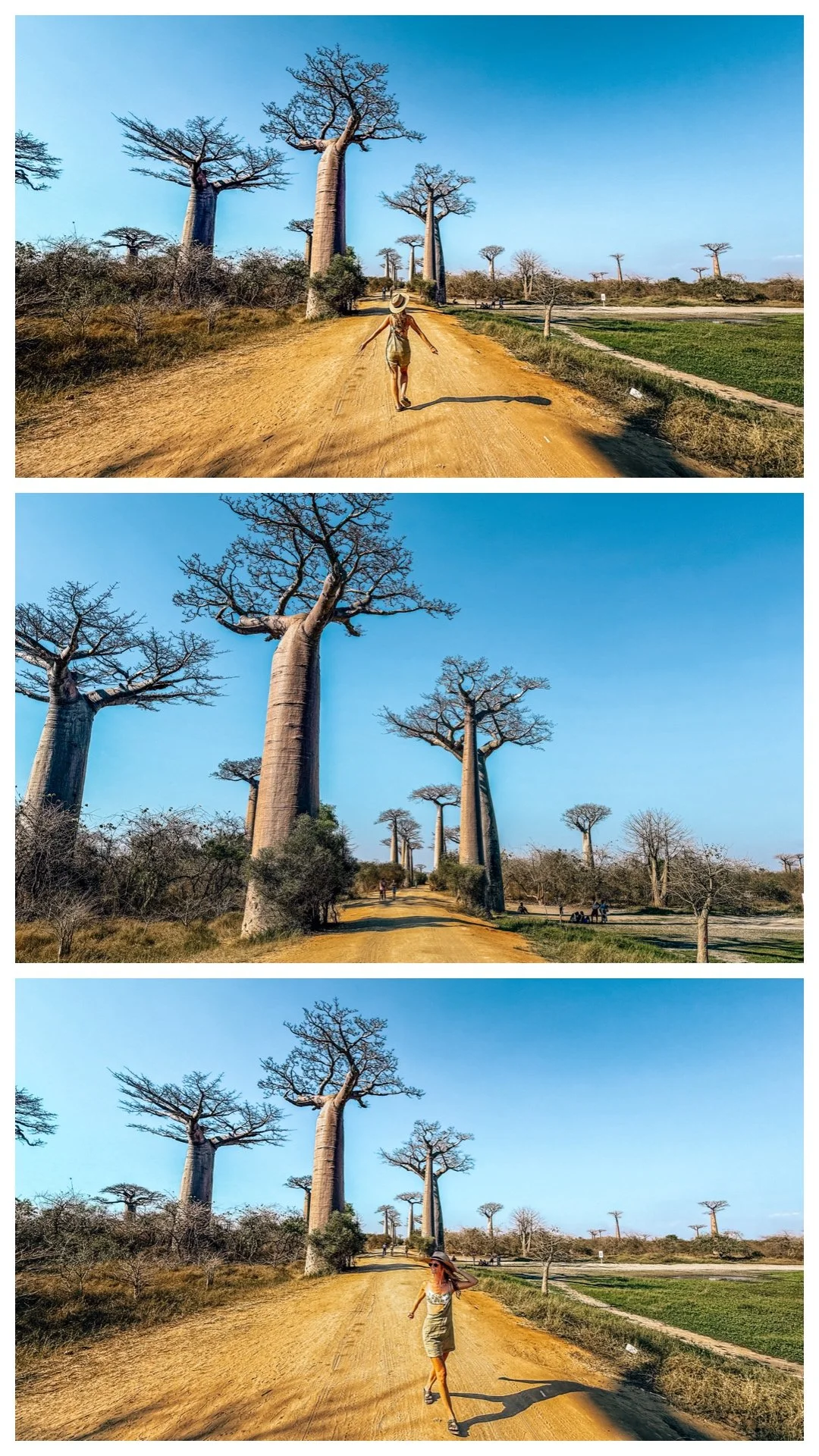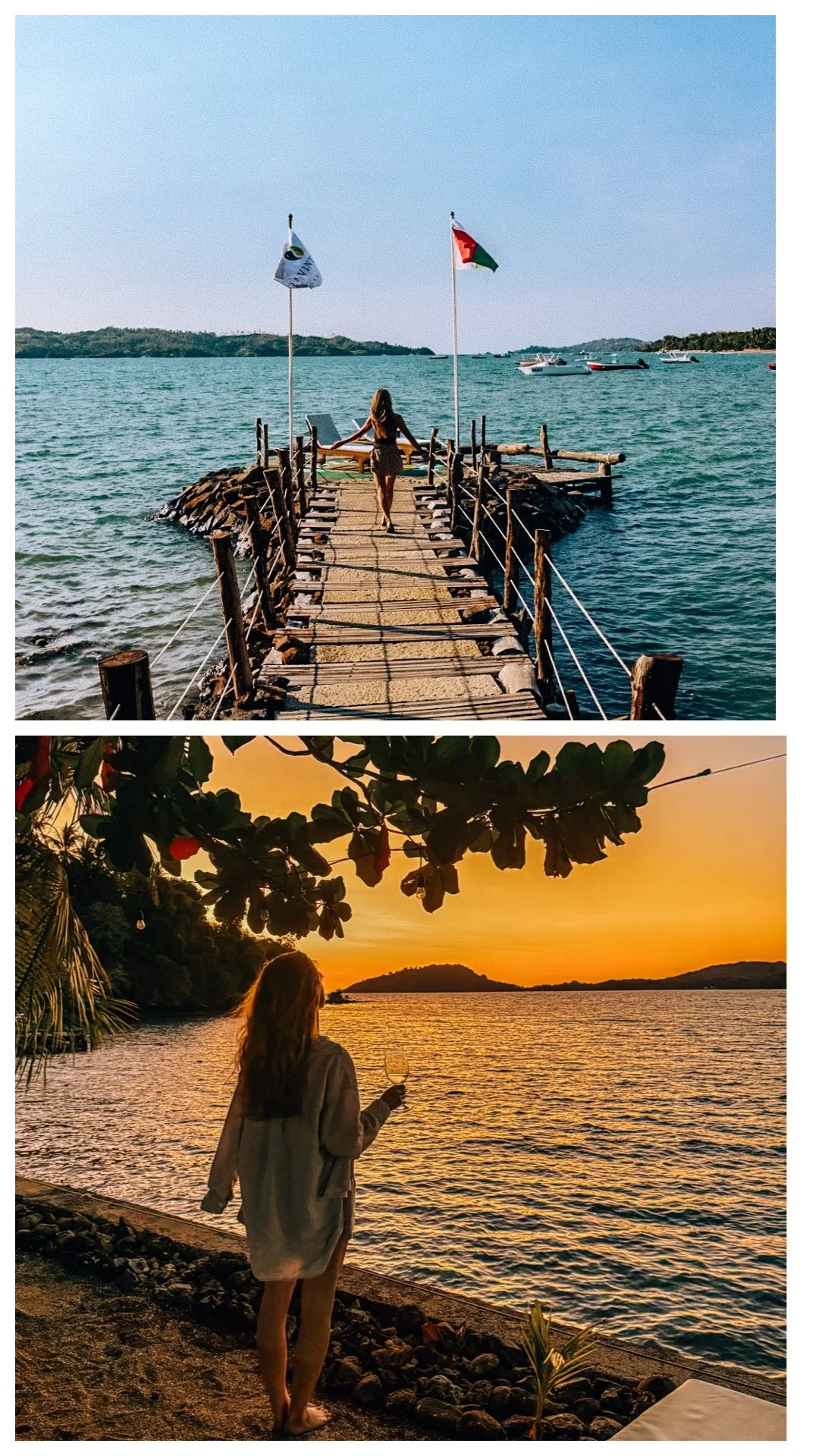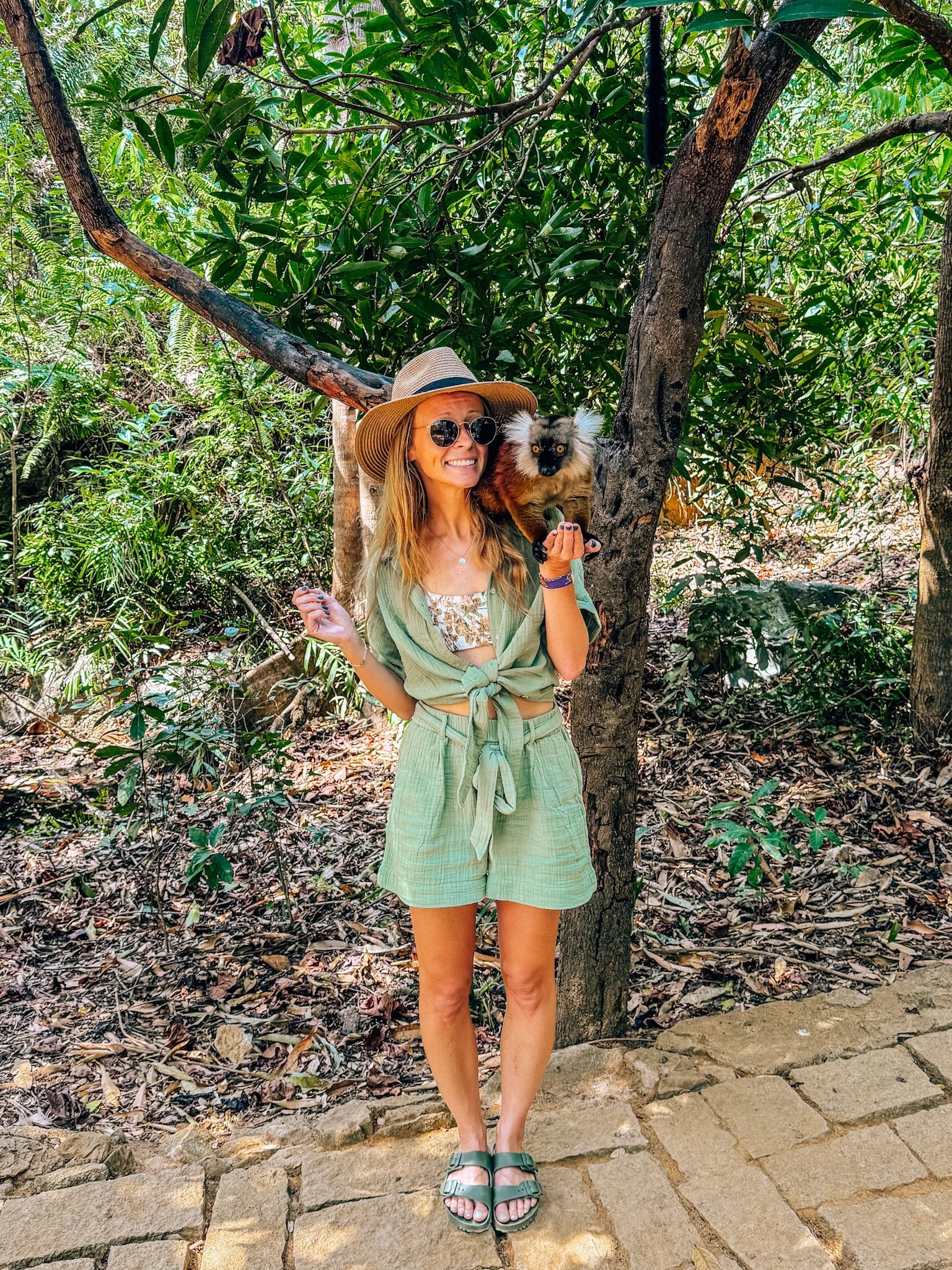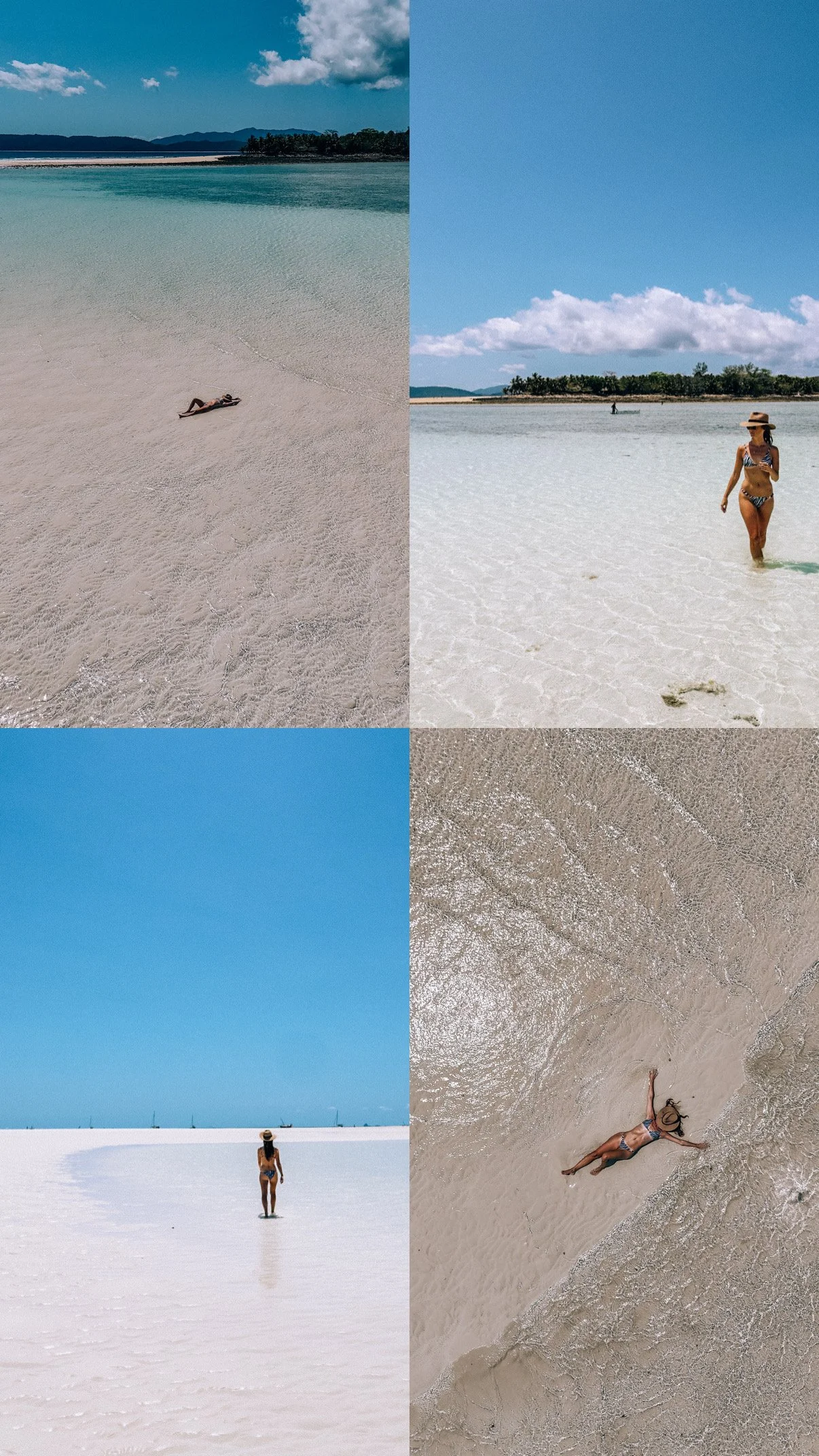Lemurs, Baobabs, & Beaches: Our Wild Madagascar Adventure!
MY TOP TRAVEL RESOURCES
PACKING: Check out my travel necessities and adventure gear on my Amazon Shop!
INTERNET: Stay connected on your phone anywhere without needing Wi-Fi or a physical sim card with Airalo esim!
ACCOMMODATION: Find the best deals and most comprehensive & reliable accommodations on booking.com
OUTFITS: Shop the clothes I’m wearing & products I use on my ShopMy Page!
INSURANCE: Cover yourself in case of travel or medical emergencies with World Nomads Insurance.
*This website contains affiliate links, and if you click on a link and make a purchase, I may earn a small commission at no extra cost to you. All opinions are entirely my own, and your support helps me continue sharing my honest travel advice so thank you!!! 🫶🏼
Madagascar has been on my bucket list for so long, and after our previous Adventurelust trips have taken us through incredible wildlife adventures — from the Galapagos to the Amazon Rainforest, from gorilla trekking to whale shark snorkelling, and all the safaris in between — the lemurs were calling as the only logical next journey!!! I was fortunate to partner with local tour operators Malagasya Travel (shout out to my girl Riantsoa!) and together we created an epic 11-day itinerary exploring different sides of the country, from east coast Akanin’ny Nofy to west coast Morondava. Matt and I then wrapped it up with 3 days in paradise on Nosy Be.
Riantsoa & Nary from Malagasya Travel! <3
This country is unlike anywhere else i’ve ever travelled. 90% of its species are endemic to Madagascar, meaning you won’t find them anywhere else in the world, there is so much unique flora and fauna. It’s the only place on Earth where you can see lemurs in the wild — they’re the world’s most endangered primates, with 113 species found only in Madagascar. The Malagasy people are incredibly friendly, welcoming, hospitable, and I will never forget how their smiles light up their whole face. It also felt incredibly safe to me, from driving around, stopping at checkpoints, to even the forest walks — no poisonous bugs, plants, or snakes, in fact everything felt quite immaculate, like a utopia.
This also wasn’t the easiest place I’ve ever travelled — and a big part of this is because we did the raw, real version of Madagascar, not the fly-in fly-out polished touristy version. The drive days were LONG, ranging from 5 hours, to a whopping 12 hours the first day 😅 The roads to the east were windy (much to the struggle of my delicate stomach) and then filled with stop-and-start huge truck traffic and potholes. To the west, the dust was the most hectic and we were caked in it by the end of the drives. Madagascar is also the most poverty-stricken country i’ve ever been to, and this was hard to see at times. Another challenge was the smoke — a lot of our time in Antananarivo and on the road smelled of burning, from trash to controlled field fires. It became part of the atmosphere of travel here. Over 80% live below the poverty line, many surviving on less than $2/day. When you’re journeying across the country by road, this comes with a lot of difficult realities.
This is all the more reason, in a world where we’re always complaining about over tourism and crowds, to consider visiting Madagascar — a place that is full of amazing gems, incredible people, no crowds, and where your tourism dollars will really make a difference.
I have to give a special shout out to our guide Mahery and driver Bota — Mahery is one of the purest most wholesome people I have literally ever met in my life. He doesn’t have a bad bone in his body, is always always trying to do right by us, and is so well loved by everyone, as we saw at the Avenue of the Baobabs where he used to be the site manager. Bota is a man of few words, but a kind demeanour and he navigated those potholes and dust like an absolute champ. We could not have done this trip without them and please let me know if you are ready to plan your trip so I can request these two absolute legends!! :)
Palmarium Reserve - Akanin’ny Nofy (aka “the Nest of Dreams”)
Our first stop was a truly special gem (even though it took basically 14 hours to get there — 12 by road including stops, and 2 by boat) — I think you can fly in a bit closer, but it’s SO worth it. Its location along the Pangalanes Canal, within earshot of the crashing Indian Ocean, combined with its variety of habituated lemurs who frequent the lodge, make this an EPIC introduction to Madagascar, and one I think few people get to experience.
We literally stayed in a bungalow on the beach, I went for a magical sunrise walk the first morning, took in the sights of the black-and-beige swirly sand, the dugout canoe, the reeds growing in the water. It’s rustic and remote and magic.
We set out on our jungle walk and saw SIX TYPES OF LEMURS — the black-and-white ruffed (a personal fave), common brown lemur (quickly became a personal least fave), crowned lemur, black lemur, red bellied lemur, and the largest lemur — the indri. Here’s my reel of them all being just such a vibe. The black-and-whites even dropped by the camp later while we were working on the balcony — we first heard their WILD calls before spotting them in the trees.
But the stars of the show here, and honestly the stars of my entire trip, was the most bizarre creature I’ve ever seen in my life: the aye-aye. There are no words to describe this creature so here is a video and caption to give you an idea!! They do provide coconuts for the aye-aye to come out, but it is the only way you would be able to see it in the wild as they are so elusive and hard to spot otherwise! My jaw was fully dropped for this whole sighting.
Vakona Forest Lodge - Andasibe
Our next stop was about a 5-6 hour drive that took us into the forests, where the temperature dropped and the lush forests glowed. I thought Vakona Forest Lodge was so cool and authentic. We saw the crocodiles, then headed to Lemur Island to see more black-and-white ruffed friends as well as the golden sifakas — the “dancing lemurs!” Reel here!
At night we headed into the forest of Analamazaotra National Park for a tranquil night walk with our guide Tiana who we all loved — her most talented skill is spotting the tiniest frogs or the Satanic leaf-tailed gecko, which is literally the King of Camouflage. We got to see mouse lemurs straight away on our walk which are the smallest primates and cutest ever. Very bush baby-esque!!
In the morning we met up with Tiana again for a daytime walk, a 3-4 hour hike through Analamazaotra Circuits, which brought us more golden sifaka lemurs (including this baby!!!! 😭😭) and indri calls echoing throughout the forest, which are so haunting and enchanting. This felt truly wild, not lured in by bananas as some of the other sightings, and was a highlight of the trip.
San Cristobal - Antananarivo
We actually stayed here 3 times — our first night, our last night, and this middle night in between east and west. It’s a really comfortable hotel with a pool, wifi (although a lil hit-and-miss in the rooms), and it’s only 10 minutes from the airport, so it was a great home base for our Madagascar explorations.
Hotel Arotel - Andsirabe
We started venturing westward and stopped in Ambatolampy at an aluminum pot workshop to see the fascinating work of the craftsmen, and then an artisan crafts workshop where they were making a spoon and other accessories out of zebu horns (zebu are the Malagasy cattle which are EVERYWHERE). We arrived in the town, did a lil rickshaw tour, and saw the cathedral and the town’s oldest hotel. If you like history, culture and colonial architecture, this stop is for you!
Hotel Eden du Tsiribihina - Miandrivazo
After a little hike through the pine forest to see volcanic Lake Tritriva — with its emerald waters and views over the surrounding rice fields — we carried on along the dusty road to Hotel Eden du Tsiribihina. It’s set out on the savanna and gave me proper bush/safari vibes, especially at sunset. This spot is basically the gateway to Miandrivazo, where people launch trips down the Tsiribihina River and head off toward Tsingy.
Hotel Palissandre Côte Ouest - Morondava
Finally arrived for 3 nights at our final destination of the mainland adventure, and this hotel was GLORIOUS. I honestly can’t fault it — 2 pools, plenty of spaces to chill and find privacy, various dining areas, trees for shade, looking out onto the beach, ocean, and sunset, the rooms were perfect. No notes!!
I loved Morondava for its beach vibes and baobabs. It’s home to the ICONIC Avenue of the Baobabs, and it truly is a special place being surrounded by these giant Trees of Life that have somehow risen out of the earth. When we arrived for sunset it was a bit crowded and I thought it was an Instagram vs reality situation (more on this on my caption here), but eventually the magic revealed itself, especially in the golden/pink glow after sunset.
We strolled down the Avenue which is actually quite short, and then joined the crowds to watch the sunset with the baobabs on the horizon. Finished the night off with a lovely surprise with Mahery and Bota — snacks, baobab ice cream and baobab rum under the golden glow. The stars here were also INSANE. My iPhone night mode was popping off in Madagascar.
We did a day trip to Kivalo, a fishing village home to about 200 inhabitants, which we reached by 4x4 and then by dugout canoe, guided by our local fisherman captained who weaved us through the mangrove forests, stopping for a few sand banks as the tide flowed in. We went for a dip in the Indian Ocean at the fishing village, zero other people around let alone other tourists, this just felt like a really cool chill day and window into local life.
Nosy Be
For the grand finale of our Madagascar trip, we arrived in… pure paradise 🥹🥹
We took a 1 hr 45 min flight from Antananarivo to Nosy Be, the “big island” off the coast of Madagascar’s northeast tip. It instantly blew our minds how much more touristy and developed it is there compared to the rest of our Madagascar trip. Proper paved roads that weren’t dusty or filled with potholes, plenty of resorts, and even on the little islands we visited, actual tourist shops — not tacky souvenirs, but cute boutiques and beautiful vibrant local fabrics.
Due to the fragrances of ylang-ylang and vanilla drifting through the breeze, Nosy Be is nicknamed “The Perfume Island” and its surrounding islands we visited on our excursions are known as “The Heavenly Island” and honestly I can see why. Our excursions here were EPIC and I could see this being a one-stop-shop for an accessible dose of Madagascar — lemurs, beaches, vanilla, local village life.
We stayed at Ravintsara Wellness Hotel and it was honestly an oasis. IT REMINDED ME OF WHITE LOTUS THAILAND. The most BEAUTIFUL grounds, lush and leafy with palm trees, ponds filled with tranquil lilypads creating a moat for the spa, even a little sanctuary for tortoises. The pools were epic and rooms were so nice and comfortable. Absolutely loved lounging on the chairs watching the sunset and the waves lap against the wall here.
Nosy Komba & Nosy Tanikely
We boated to Nosy Komba, the lemur island, and met with our local guide who took us up through the paths framed with local vendors into the lemur forest and nature path. Throughout Madagascar, in most places they have rubbed bananas on trees for the lemurs to get them to come close for viewing, and here they even fed them banana chunks to entice them to hop on our shoulders. I’m not normally one for this but it did seem quite harmless, and I am also aware that without the bananas (or coconuts for the aye-aye), it wouldn’t be possible for us to see the lemurs at all. So I suppose having them habituated is fuelling tourism and in turn, their conservation.
Anyway, it was a lovely walk with the black lemurs (the males are black, females are dominant, brown and have hair like Einstein) and we also saw tortoises, snakes, geckos, and a variety of local fruit growing on the trees. Super cute morning and loved this island!
From there we boated to Nosy Tanikely for a beautiful beautiful beach, where we could snorkel over the reefs and look at the fishies in the warm water, and had a delicious feast for lunch prepared by our guide team from Malagasya Travel. We finished the day off with a short stroll up to the lighthouse for views of the Mozambique Channel.
Nosy Iranja
This was our last day of the trip and probably the most epic beach I have ever seen in my entire life.
We boated 1.5 hours from Nosy Be (and yes it was quite hectic, especially on the way back when I was just getting a perma face wash from the waves and my brain was rattling in my skull).
Finally we arrived at Nosy Iranja — a giant 2km-long sandbar connecting two islands, with probably the clearest turquoise water I have ever seen. Truly jaw-dropping!!!
We left at 7:30 and arrived at 9am, before the crowds which tend to leave Nosy Be around 8:30/9. We were able to get some epic drone footage when barely anyone was on the sandbar (watch my epic drone reel here!), but even as the day went on it didn’t get nearly as crowded as I expected, or like a beach like this deserves. My mind was just blown how this isn’t one of the top tourist destinations in the world — as i’ve said, Africa continues to give EVERYTHINGGGG.
We literally just flounced around in the water capturing footage, laying on the soft sand with the waves crashing over me, as the tide went out to reveal another side-sand bar, which was even more beautiful. We had lunch over by the main island, and admired all the beautiful colours of sarongs and table cloths woven from bright local fabrics.
A perfect heavenly end to our Madagascar adventure!!!
Madagascar Tips
Best item I brought was a sarong — sheltered me from the beating sun on long drives, boat rides, or walks, and doubled as a towel/blanket.
This power bank was also clutch as the electricity often goes out!
It gets COLD. Don’t think that because it’s Africa it doesn’t. Especially in the highlands: warm layers & a rain jacket are essentials. Temps can dip to single digits (°C) at night.
Showers don’t always have hot water, Wi-Fi doesn’t always work (and rarely works in the rooms).
Service coverage was surprisingly decent, although spotty throughout long drives. Get an Airalo eSIM (love you if you use my affiliate link! 💕).
Prep for LONG drive days — download podcasts, playlists, audiobooks. Roads are bumpy, winding, and dusty. Take anti-nausea tablets if you have a delicate stomach like me 😇.
I highly recommend going through a local operator like my amazing partners at Malagasya Travel (message me to book!). We loved our driver and a guide and literally could not have done this without them.
Top spots:
Palmarium Reserve (Akanin’ny Nofy) — for lemur variety & proximity.
Vakona Forest Lodge (near Andasibe) — for Lemur Island.
Andasibe-Mantadia National Park — for wild indris.
Morondava — for the Avenue of the Baobabs (I stayed at the gorgeous Palissandre Côte Ouest Resort & Spa here).
Nosy Be — for an island paradise, especially Nosy Iranja (a drone paradise)
Best seasons: June–November.
Avoid: December–March (cyclone season).
My biggest tip is to embrace TIA: This Is Africa. Not everything operates how we might expect it to, but go with the flow, embrace the adventure, and appreciate it for what it is.


